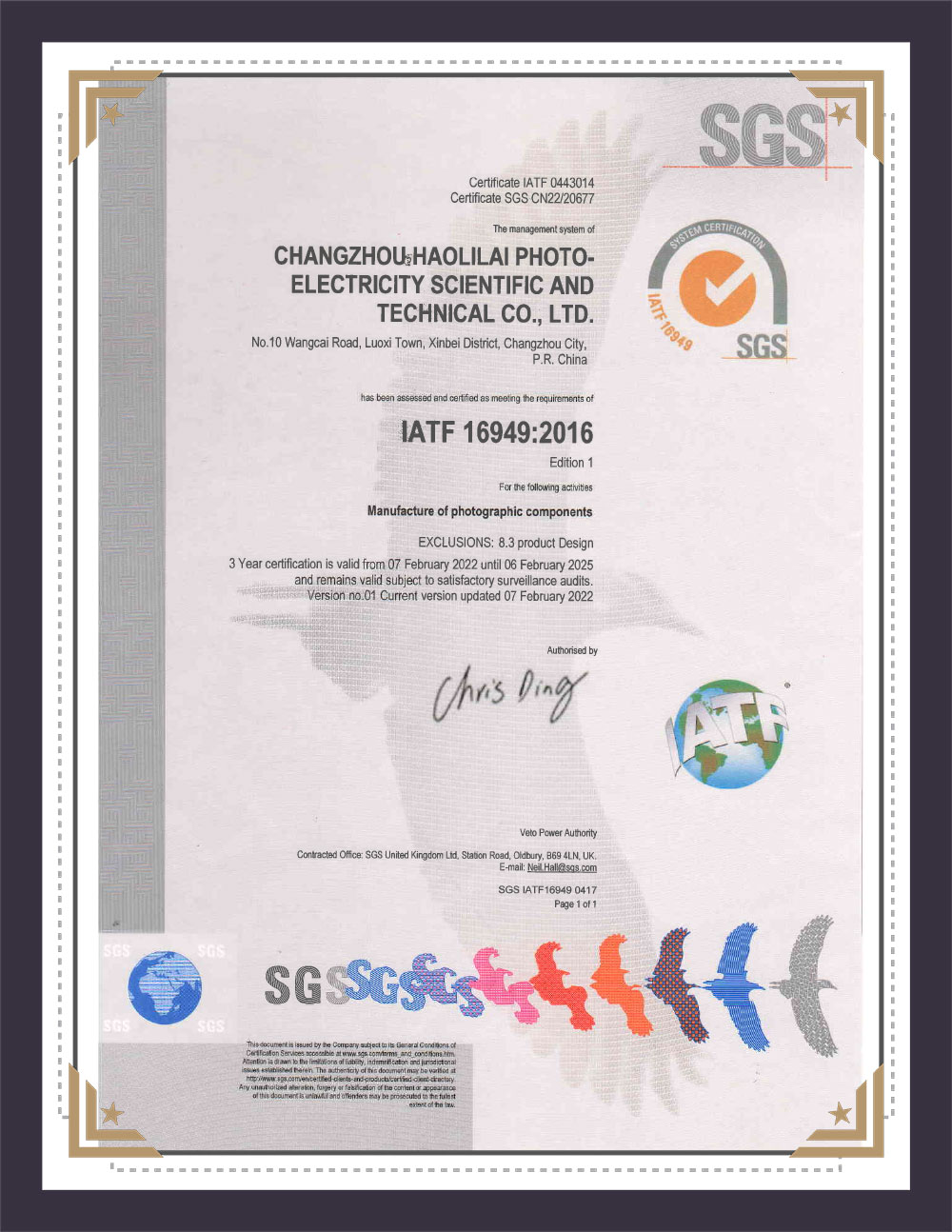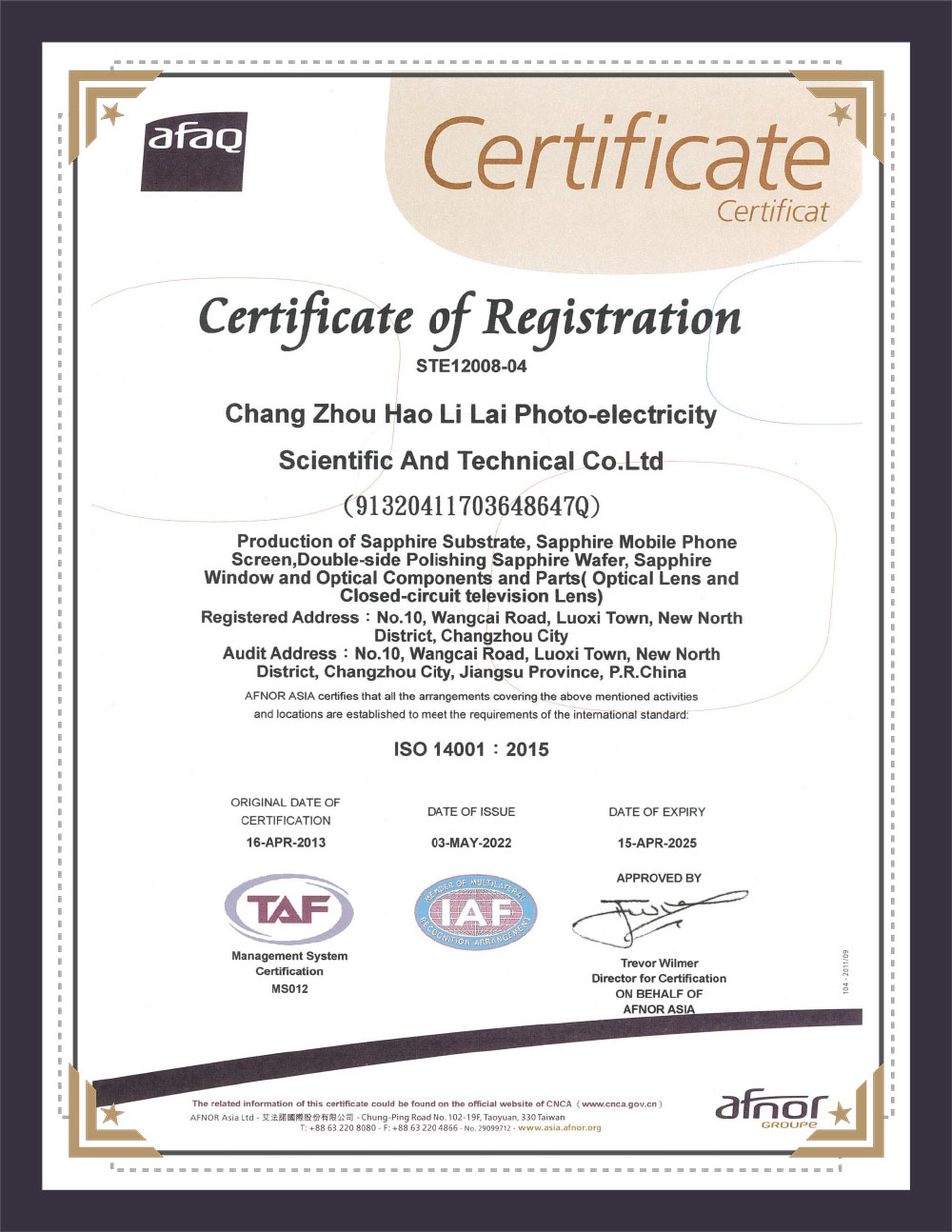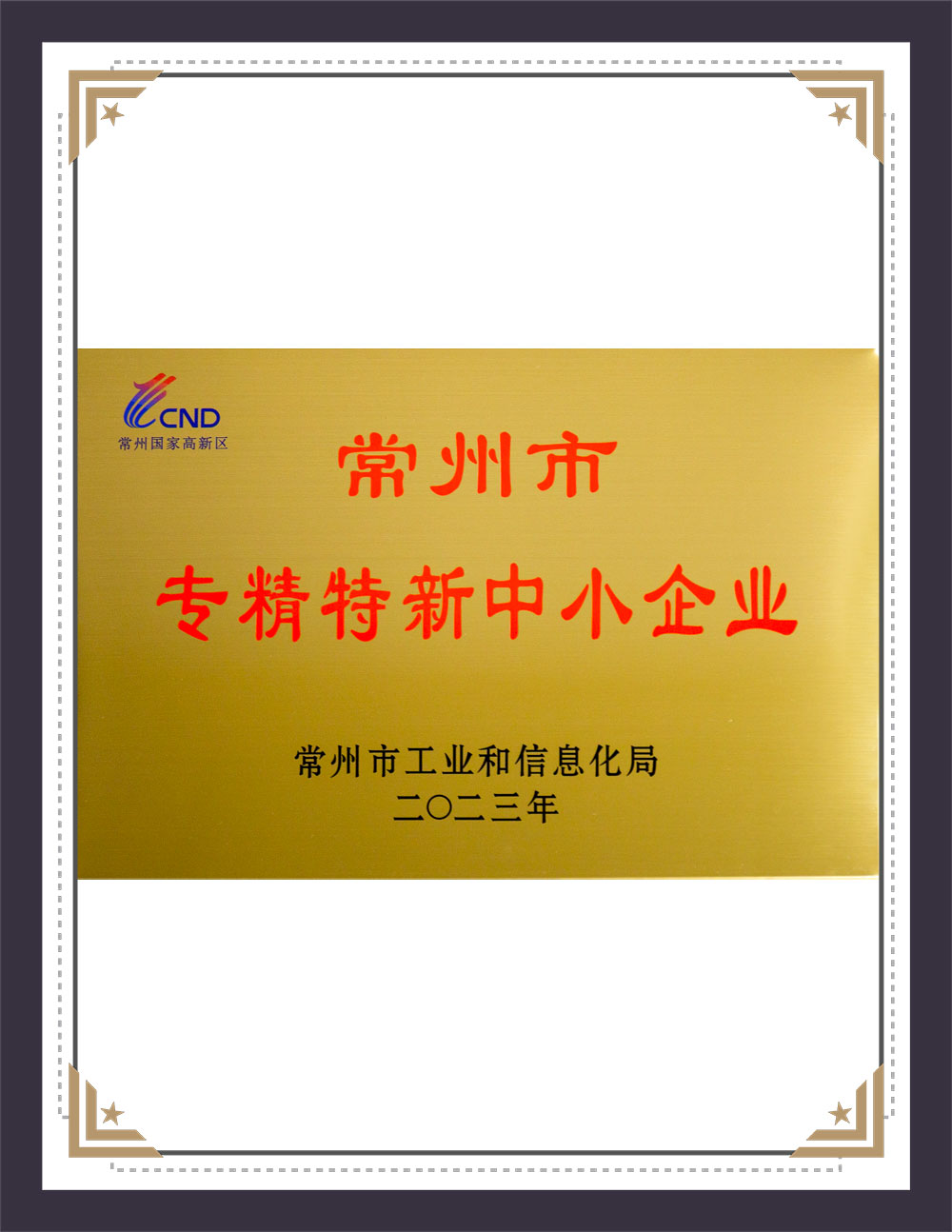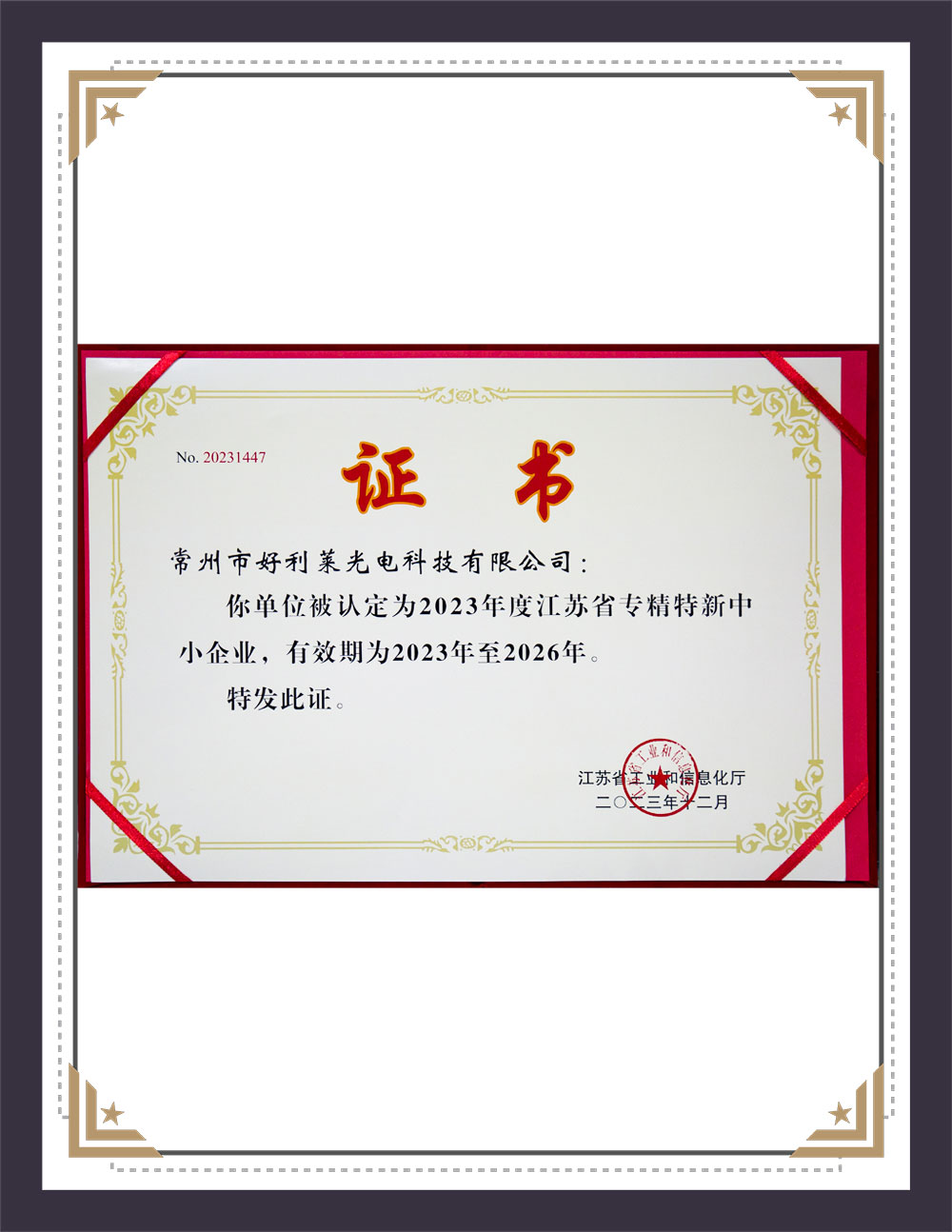Quartz window substrates are typically made from quartz glass, which contains over 99.99% silica. It has a hardness of Mohs scale level seven and exhibits high-temperature resistance, low thermal expansion coefficient, thermal shock resistance, and positive electrical insulation properties. The transparency can reach over 85%. Quartz glass can be divided into fused quartz glass and synthetic quartz glass, both of which have positive heat resistance, transparency, electrical insulation, and chemical stability.
Quartz glass has become an indispensable material in modern advanced technologies, atomic energy industries, automation systems, as well as semiconductor, metallurgy, chemical, communication, laser, optical instruments, laboratory equipment, medical devices, and defense industries, due to its various characteristics and wide-ranging applications.
Our company provides high-performance quartz window substrates and can process different sizes and shapes according to customer requirements, ensuring desirable optical performance without bubbles or defects. The sizes offered range from 2.0mm to 400mm in diameter, including circular, square, and irregular shapes, which can be punched or processed according to drawings.
Quartz exhibits positive transparency across a wide wavelength range from ultraviolet to near-infrared, making it suitable for applications requiring precise light transmission. Its low thermal expansion coefficient maintains dimensional stability over a wide temperature range, suitable for applications with common temperature fluctuations, such as or industrial environments. Furthermore, its high thermal stability allows quartz to be used in high-temperature environments, such as furnaces or combustion chambers, without significantly altering its optical properties or structural integrity.

 English
English 日本語
日本語 русский
русский Español
Español Deutsch
Deutsch 中文简体
中文简体


























 苏公网安备32041102000130号
苏公网安备32041102000130号